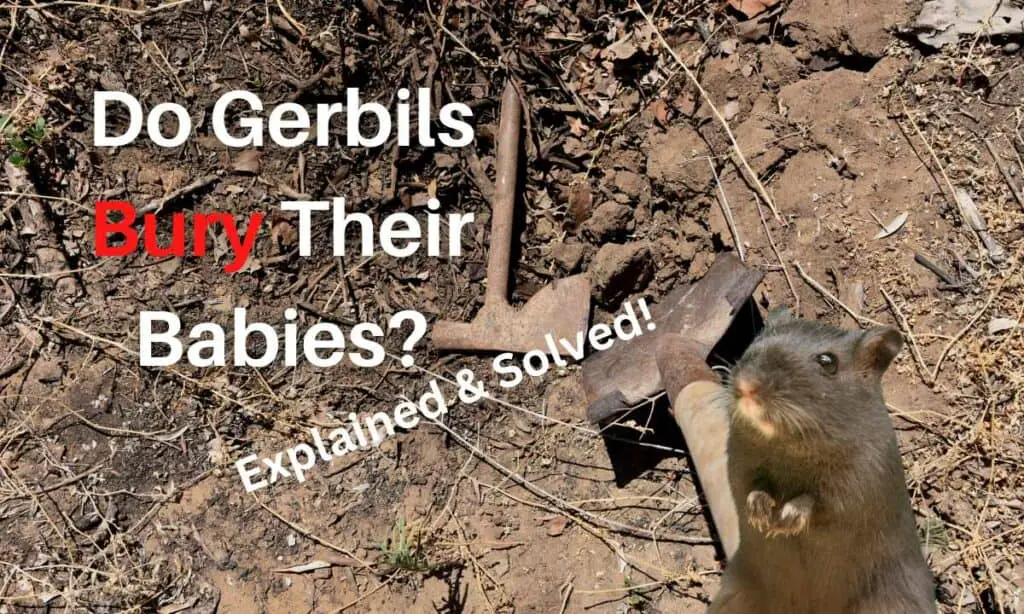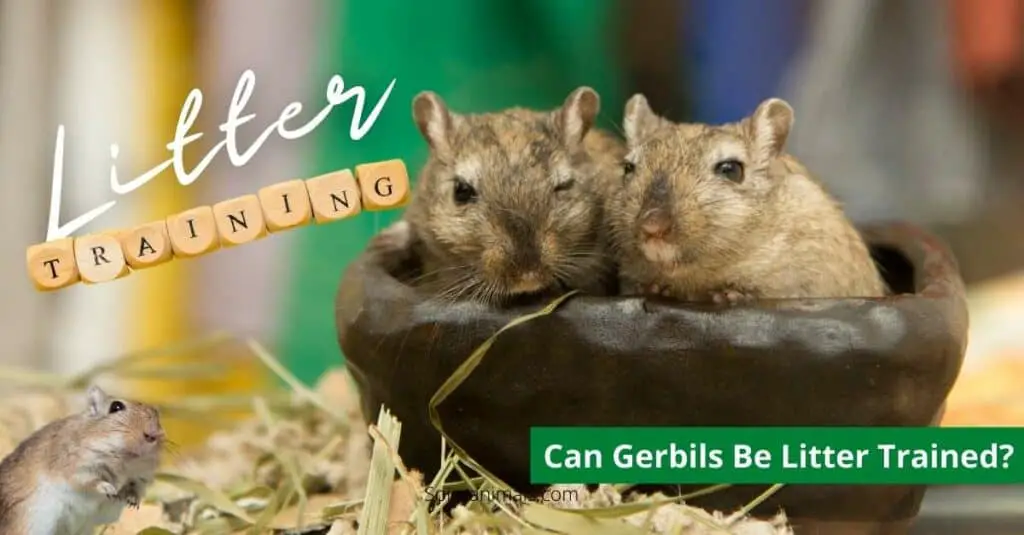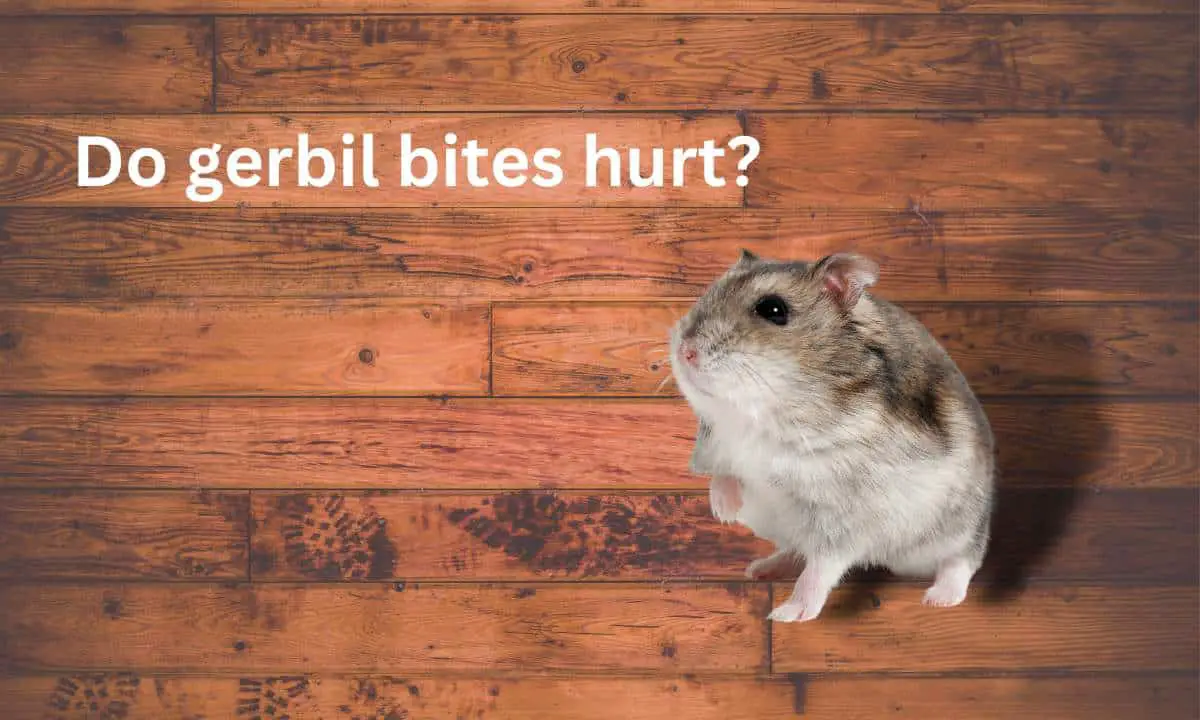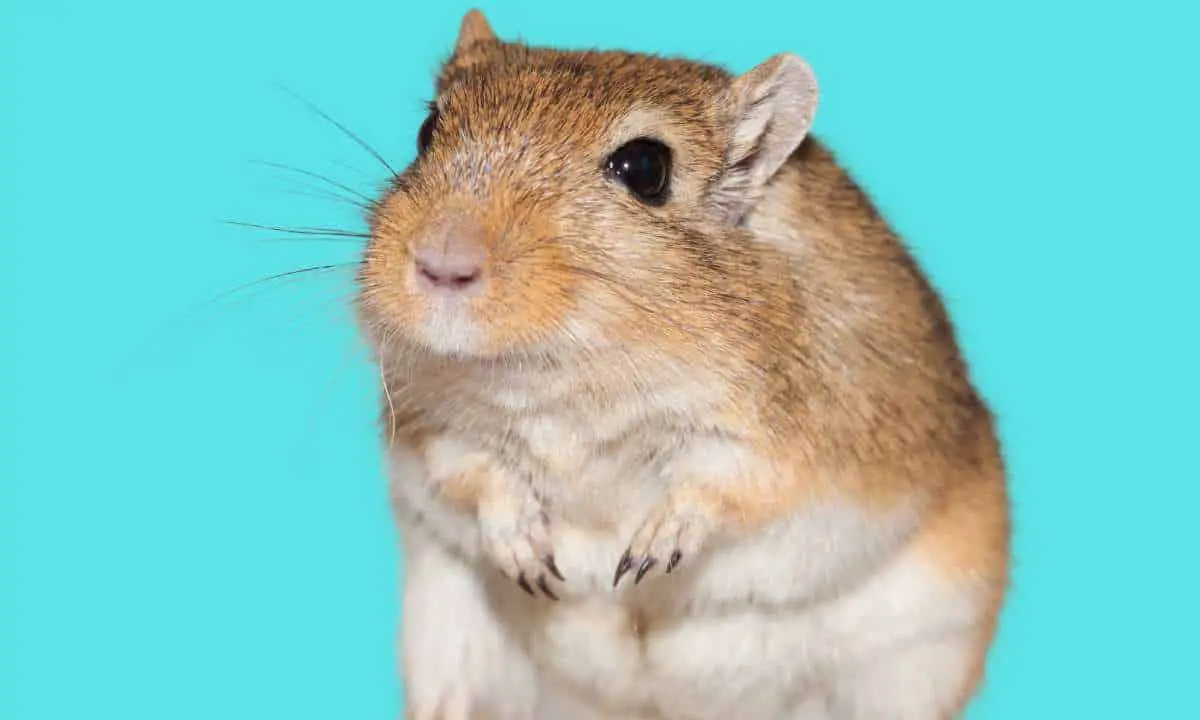Have you ever wondered what is going on under the surface of your gerbil’s tiny world? For instance, do gerbils bury their babies?
Well, wonder no more! This blog will uncover all the mysteries behind the gerbil family life. So get ready for an adventure into a fascinating land of small creatures and big surprises!
Table of Contents
Introduction
Gerbils are burrowing rodents that live in the dry, barren environments of Asia, the Middle East, and parts of Africa.
These active animals forage for food on the surface or dig deep to find plant matter and insects.
They make fast friends with humans due to their social nature, friendly disposition, and ease of care.
One interesting behavior observed in gerbils is their ability to bury their newborn pups – something that isn’t seen in many other small rodents.
Understanding this behavior can help us better understand the mothering instincts of these fascinating creatures.
What are Gerbils?
Gerbils are small rodents, belonging to the order Rodentia, and are native to deserts in Northern Africa and some parts of Asia.
Gerbils have stout bodies and pointed muzzles. They also have long tails that are covered with scale-like fur that helps regulate their body temperature.
The average size of a gerbil ranges from 4 to 5 inches (10 to 13 cm), with adults weighing up to 2 ounces (56 grams).
Gerbils generally live between 2 and 5 years in captivity, although they can live up to 8 years in the wild.
Gerbils live in groups and are usually social animals, living together in large underground tunnels with multiple entrances.
They construct vast systems of tunnels beneath the soil surface and add chambers for sleeping and food storage.
They use their long front claws for digging and self-grooming activities as well as for obtaining food, nesting material, etc.
Most gerbil species rarely attempt to bury their offspring alive, though some may carry dead offspring down into burrows or take them away from the nest area after death since they tend to care constantly for their young throughout most of its life cycle until it is independent enough on its own outside of the nest.

Do Gerbils Burrow?
Yes, gerbils are burrowing animals and they have many behaviors associated with their burrowing behavior.
One of their most common behaviors is constructing a burrow to use as a den and shelter. In the wild, they build complicated systems of tunnels and chambers that can span several feet below the surface, but in captivity, they need smaller, artificial places to dig.
Gerbils also use their burrows for hiding food and nesting materials – both from predators and from other gerbils in the same colony.
Although it’s not common for adult gerbils to bury their babies alive, many do hoard food near an underground chamber for snacking or for future mating seasons.
In some cases, if a mother gerbil does not believe her pup is healthy enough to survive or will not help keep the family safe from predators, she may encase the pup in dirt or completely bury it so that it cannot interfere with her other offspring or the safety of the colony.
Do Gerbils Bury Their Babies?
Gerbils are small, burrowing rodents found throughout the Middle East and Northern Africa.
Although they may appear aloof, gerbils can form strong family bonds and make great pets with the right socialization. One of their more unusual behaviors is burying their young.
Do gerbils bury their babies? Yes, like some other rodents, female gerbils often dig a hole for each of her offspring and then deposits them into it one by one.
She then covers the hole with soil which provides both additional insulation from the elements as well as protection from predators.
Additionally, a female gerbil may also utilize some of her collected stores of food to fill the base of the nest before she covers it with dirt.
The maternal instinct to provide safety for its pups can be seen in other animals as well, such as foxes, badgers, and rabbits. The aim is not only to protect the young from predators but also to keep them warm until they are mature enough to care for themselves and venture out on their own.
In addition to burying their young, female gerbils exhibit nurturing behaviors towards their pups that are similar to those seen in other mammals such as grooming and cuddling them after birth.
This is thought to help strengthen family ties as well as further ensure warmth and protection from any potential dangers in the wild.
The Benefits of Burying Babies
For many creatures in the animal kingdom, burying their young has a number of benefits. For gerbils, the act of burying their babies serves a few important purposes.
By digging an underground chamber and burying their litters, gerbils can provide insulation from both the cold temperatures above ground and potential predators.
Additionally, burying their pups helps keep them hidden away from sight and out of harm’s way while they develop.
Surprisingly, even before newborn gerbils are buried they have already developed enough that they can feel each other’s touch.
In fact, after only four days in the womb, newborn gerbils have developed an impressive coat of fur to help protect them from the cold temperatures outside their mother’s burrow.
By burying their babies in a safe environment below ground and bestowing them with an extraordinary amount of protection from predators and harsh weather conditions, gerbil parents naturally increase the chances that their offspring will survive until adulthood – greatly increasing their odds of perpetuating their species!
The Potential Risks of Burying Babies
They are known for burying their offspring as part of their parental care. This behavior is thought to be a protective measure used by many small mammals and birds, although it does come with some risks as well.
When gerbils bury their young, they may inadvertently create a hazardous food source for predators.
If a baby gerbil is not moved often enough to keep it out of reach or sniffing range, predators can easily locate and consume the little critter.
Additionally, if the parent gerbils do not take special care while building the nest over the babies, they can unintentionally suffocate them by burying them too deep or including materials that starve the babies of oxygen.
The parents may also forget where their young are and leave them behind when they move on to another nesting site; abandoned babies often succumb to heat or cold exposure due to lack of shelter.
To ensure this doesn’t happen, it’s important to monitor gerbil burrowing activity if you have any concerns about your pet vivariums’ temperatures or humidity levels becoming too extreme for new litters to survive without extra attention from you.
If burrowing behavior does seem excessive due to temperature extremes, you can provide small heating pads or cooling sponges in your vivarium so that the parent(s) will have refuge options nearby during nesting or birthing times.
Conclusion
From the evidence presented, it appears that gerbils may bury their dead infants in order to protect them from predators as well as other possible dangers.
While some experts disagree with this theory and suggest that gerbils simply discard their dead young, the majority of research supports the idea that they are trying to protect the remains of their offspring.
Ultimately, this behavior may be indicative of a maternal instinct present in many animals but more research is needed in order to determine whether or not it specifically applies to gerbils.
Resources
If you are researching the behavior of gerbils and are curious about their parenting behaviors, it can be difficult to find reliable sources of information. As with any pet, your best source for accurate information will always be a veterinarian who is trained in the species you are inquiring about.
In addition to consulting a professional, here are some other resources that may help answer your questions regarding gerbil behavior:
- Animal Planet: This website has a wealth of free videos that you can watch to learn more about gerbils and their habits.
- National Geographic: Learn all about the life of different animals online at this resource-rich site, including several informative articles specifically on gerbils.
- Gerbil Central: Here you’ll find plenty of facts and tips on keeping pet gerbils happy and healthy, as well as answers to some commonly asked questions.
- The Gerbil Forum: This site is run by a passionate group of experts who love sharing knowledge about caretaking gerbils with one another.
- PetSmart: This website has been offering lots of useful information on various pet species since it’s founding in 1987, including some helpful articles related to keeping gerbils as pets.
- YouTube Videos: Many people upload educational videos to YouTube featuring their own research into different animals such as hamsters, chinchillas and gerbils so check these out for an entertaining learning experience!



